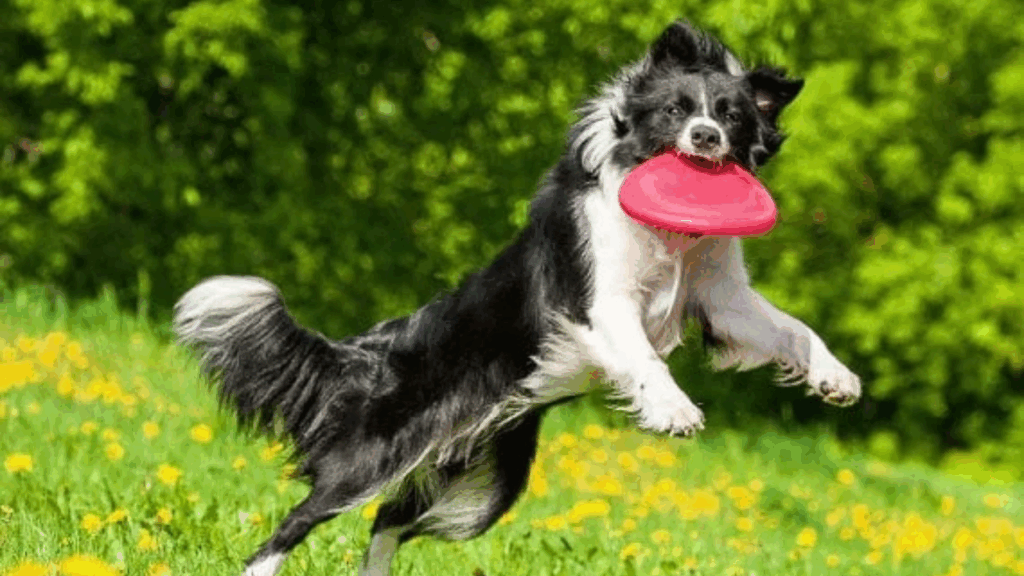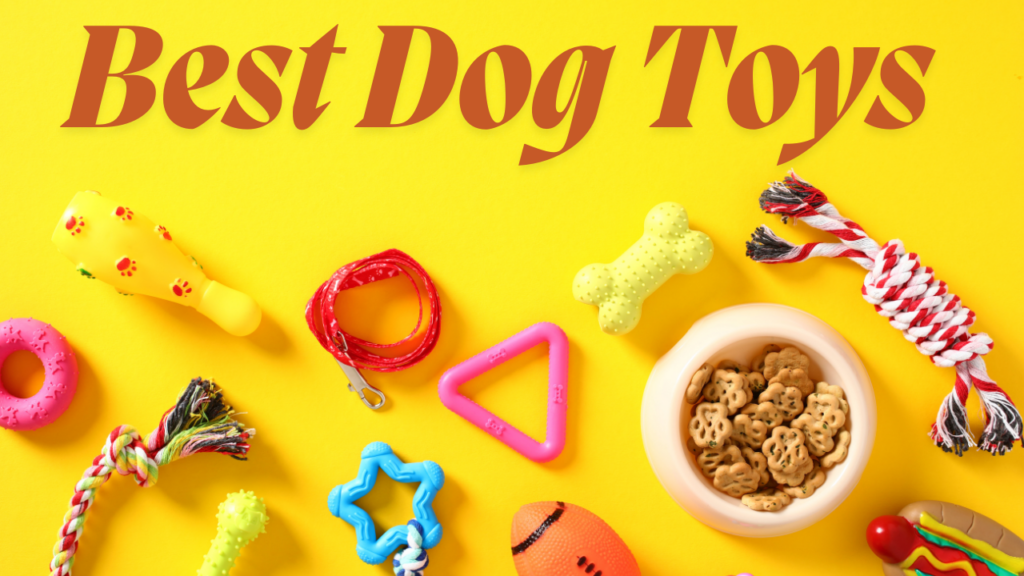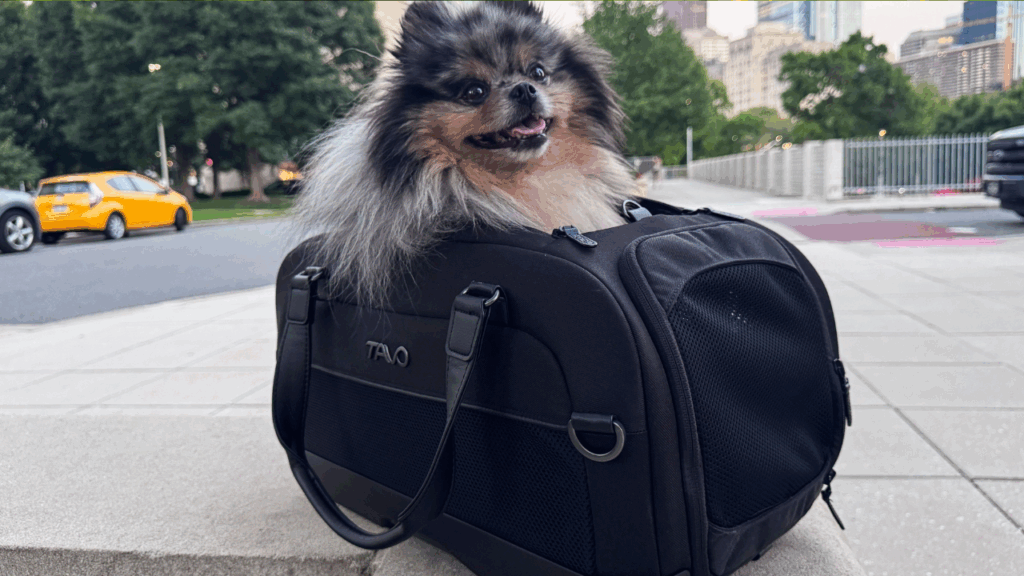Playing fetch is one of the oldest and most loved games between dogs and their owners, and flying discs—commonly called dog frisbees—take that experience to the next level. Unlike a traditional ball, a flying disc soars through the air, offering an exciting challenge that exercises your dog’s body and mind.
Whether you’re introducing your pup to their first flying disc or you’re training a future disc champion, this guide will help you understand the benefits, types, safety considerations, and tips for making the most of this fantastic toy.
What is a Flying Disc for Dogs?
A flying disc is a lightweight, round toy designed to be thrown into the air, gliding long distances so your dog can chase, catch, and retrieve it. While the concept is similar to a human frisbee, dog-specific flying discs are softer, more flexible, and made of safe, durable materials that won’t damage your dog’s teeth or gums.
These discs are ideal for outdoor play and are popular in dog sports such as disc dog competitions and agility training.
Benefits of Using Flying Discs for Dogs
🏃♂️ Physical Exercise
One of the most obvious benefits of flying discs is the intense physical activity they encourage. Catching a disc requires sprinting, jumping, and fast reactions—ideal for high-energy dogs.
🧠 Mental Stimulation
Unlike tossing a ball, catching a disc involves tracking its flight, judging its path, and timing the jump or catch. This adds mental stimulation that keeps your dog sharp and engaged.
🐾 Bonding Time
Flying discs encourage interactive play between you and your dog. This not only strengthens your bond but also reinforces trust and obedience.
🦴 Supports Joint Health
Regular, moderate disc play can help maintain healthy joints and muscles, especially in young or athletic dogs. However, proper technique and surface play a big role in safety (more on that later).
💪 Builds Agility and Coordination
Dogs that regularly play with flying discs tend to have better balance, timing, and coordination—especially breeds with high natural drive like Border Collies, Australian Shepherds, and Retrievers.
READ MORE: Rope Dog Toys
Types of Flying Discs for Dogs
1. Soft Rubber Discs
These are made from durable but soft rubber materials that are gentle on your dog’s mouth. Ideal for beginners or dogs with sensitive teeth.
Best for: Young dogs, older dogs, and soft-mouthed breeds.
2. Fabric or Nylon Discs
Flying Discs are lightweight and often float, making them suitable for water play. They’re also collapsible and travel-friendly.
Best for: Water-loving dogs and casual play.
3. Hard Plastic Discs (Dog-Specific)
Modeled after traditional frisbees but made with dog-safe plastic, these discs offer excellent flight and distance.
Best for: Experienced catchers and athletic dogs.
4. Glow-in-the-Dark Discs
Flying Discs that glow in the dark are perfect for early morning or late evening play. These discs absorb light and glow in the dark, extending playtime beyond daylight hours.
Best for: Evening games or dogs with busy daytime schedules.
Choosing the Right Flying Disc for Your Dog
1. Size
Pick a disc that matches your dog’s size and jaw strength. A large dog might chew through a small disc, while a small dog could struggle to carry or catch a heavy one.
2. Material
Choose non-toxic, BPA-free materials. Avoid regular human frisbees, as their hard edges can injure your dog’s mouth or teeth.
3. Durability
If your dog is a strong chewer, look for reinforced discs or models made from tough rubber or nylon.
4. Flight Capability
Some discs are made for short tosses, while others are designed to glide long distances. Select based on the space you have and your dog’s stamina.
Training Your Dog to Catch a Flying Disc
Not all dogs take to flying discs immediately. Here’s how to train them in a fun and safe way:
Step 1: Introduce the Disc
Let your dog sniff, bite, and get used to the disc. Use it like a tug toy to build excitement.
Step 2: Roll It on the Ground
Start by rolling the disc on the ground like a wheel. This allows your dog to chase and grab it without needing to jump.
Step 3: Short Tosses
Begin with low, short throws that are easy for your dog to track and catch. Praise and reward successful catches.
Step 4: Increase Distance
Once your dog gets the hang of it, gradually increase the throwing distance and height.
Step 5: Practice and Patience
Some dogs pick it up quickly, while others need time. Keep sessions short, fun, and positive to maintain enthusiasm.
Safety Tips for Flying Disc Play
🐕 Play on Soft Surfaces
Avoid concrete or hard surfaces. Choose grass, turf, or sand to reduce impact on joints when your dog jumps or lands.
⏳ Limit Playtime
Flying disc play is high-impact. Keep sessions to 10–15 minutes and allow rest breaks to avoid overexertion.
🐶 Warm Up First
Warm up with light walking or playing before jumping into high-energy disc games.
🧼 Check the Disc Regularly
Inspect for cracks, sharp edges, or chew damage. Replace worn-out discs to prevent injuries.
🚫 Not for Puppies or Arthritic Dogs
Avoid disc games with young puppies (under 12 months) or dogs with joint issues unless advised by a vet. Their joints may not handle the impact well.
Ideal Breeds for Disc Play
While any dog can enjoy a flying disc with the right training, some breeds are particularly good at it:
- Border Collies
- Australian Shepherds
- Labrador Retrievers
- Golden Retrievers
- Belgian Malinois
- Vizslas
- Whippets
That said, even smaller breeds like Terriers and Toy Poodles can learn disc play if you choose the right size and style.
Popular Brands to Consider
Here are a few reliable flying disc brands that pet owners often recommend:
- KONG Flyer: Made from soft rubber, durable and gentle on teeth.
- Chuckit! Flying Squirrel: Great for gliding and fun shapes.
- Hyperflite Jawz Disc: Used in competitions; extra tough and high-flying.
- Ruffwear Hover Craft: Performance disc with soft edges, ideal for long-distance throws.
Conclusion
Flying discs are more than just a toy—they’re a fun and healthy way to enrich your dog’s life. From physical fitness to mental engagement, these toys offer countless benefits while giving you and your dog quality time together.
With the right disc and a little practice, you’ll turn every trip to the park into an exciting adventure. Just remember to choose a disc that suits your dog’s size, strength, and experience level, and always prioritize safety during play.
So, grab a disc, head outdoors, and let the fun begin. Your dog will love the chase, and you’ll love the smiles, wags, and bonding that come with it.

Andy Parker is a dog lover, writer, and senior editor at BarkPicks. With years of experience covering canine health, training, and gear, he helps pet parents make smarter choices for happier, healthier dogs. Andy shares his home (and heart) with two rescue pups, Charlie and Mia.



